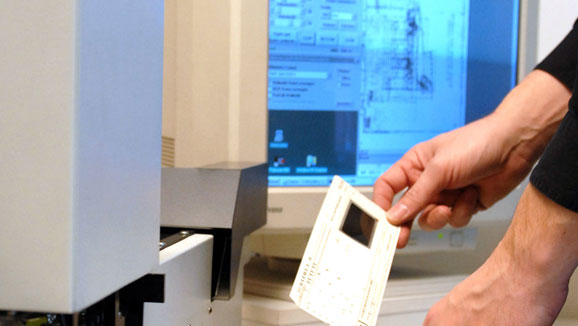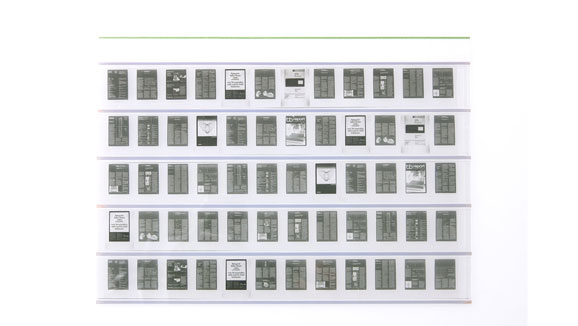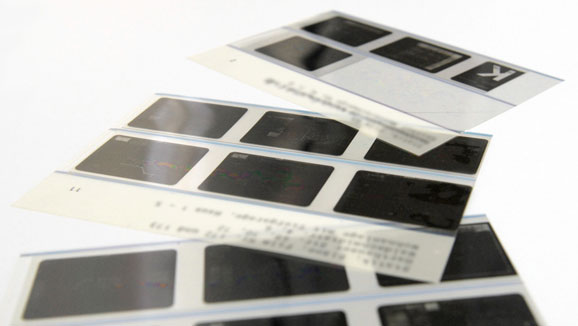Microfilms offer you a reliable and IT-independent way of storing and documenting your knowledge and important data. By exposing your documents on microfilm, we save your data on film cards, which are labeled and listed according to their content.
Reading/scanning of microfilms
With the help of our microfilm scanners, we can read film cards, jackets/fiche and roll films (16mm and 35mm) for you and prepare the data for computer processing.
We scan film cards in batch mode with a maximum resolution of 400 dpi (based on the original format). This process is particularly suitable for scanning large quantities of film cards with plans.
You can also choose between these options:
- Storage as individual files
- Alignment to 0 degrees
- Rotate in view position
- Crop to original format
- Assembly of partial recordings
- Save as PDF
- Vectorization (more about this here)
We scan (roll) jackets/fiches and roll films directly from the image. As this type of filming usually produces large quantities of documents in A4 format, which then have to be filmed, we offer you two different data storage options:
- Storage as individual files
- Linking individual chapters/areas to multipage files
- Optional OCR text recognition
Why microfilm at all?
IT data has become an integral part of our everyday working lives. IT is fast and flexible and unbeatably versatile for active data processing. However, as a storage medium, IT technology has a crucial weakness: even small errors in the hardware or software can quickly lead to the permanent loss of important data.
Microfilm as a storage medium for up to 300 years
Microfilms are therefore a secure alternative for storing and documenting important data over a very long period of time, independent of IT systems. The data stored on microfilms can be retrieved at any time using special scanners and is secured for up to 300 years due to the durability of microfilms. Do you have an order or further questions about microfilm? Simply send us an e-mail, give us a call or drop by in person!
 info@wenzel-muc.de
info@wenzel-muc.de +49 89 26 66 62
+49 89 26 66 62 Branches
Branches Contact form
Contact form

